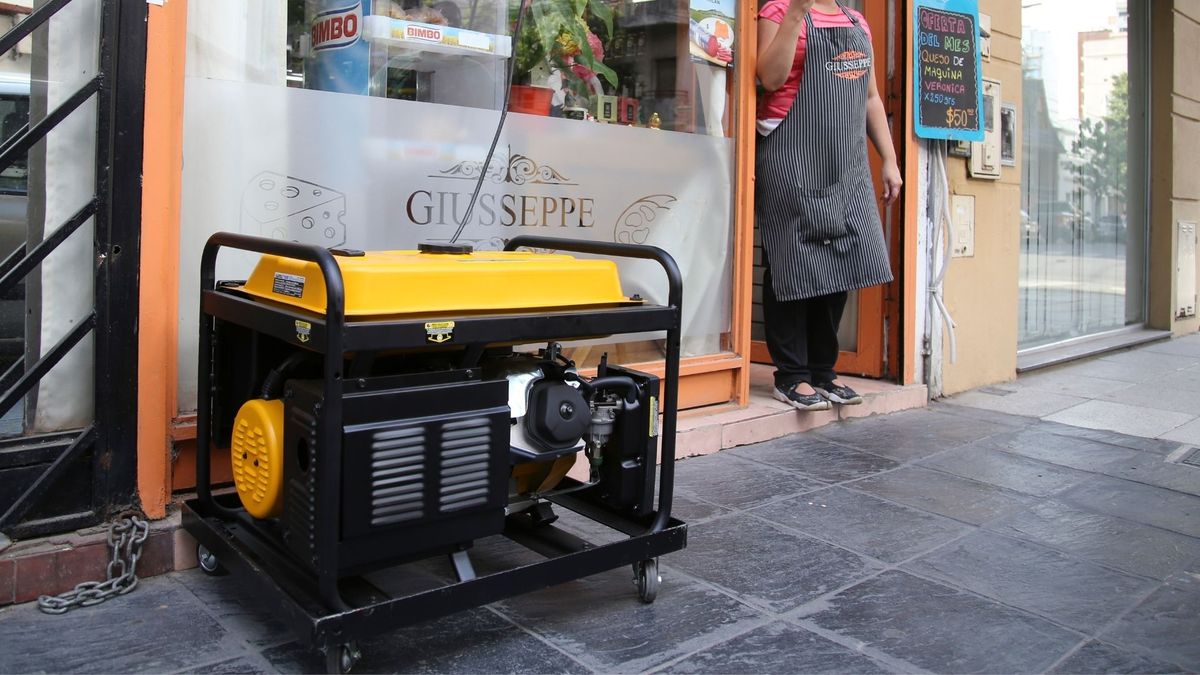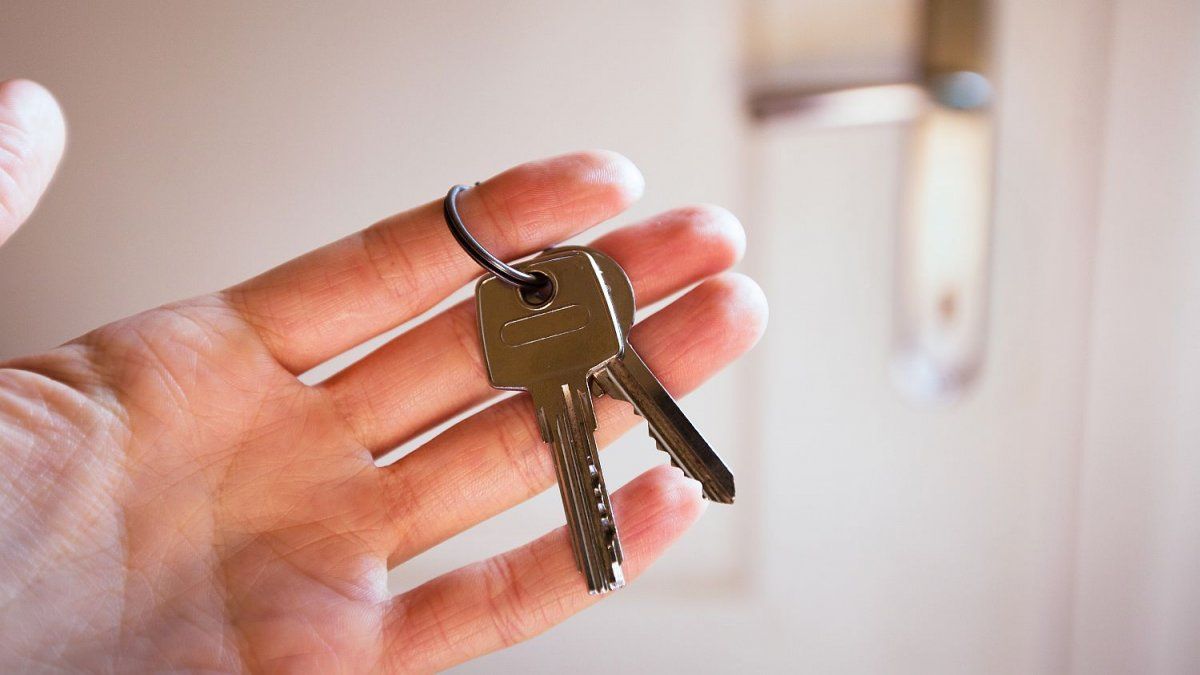In the month of October, the average cost of generation was US $ 66 / MWh and registered a rise of 30.6%, while the price paid by the demand was US $ 27 / MWh and decreased by 4.2%. The level of collectability of CAMMESA also fell, which was 70% average in the accumulated of the month of August. The percentage of costs financed by tariffs was 46% and 44% per annum.
Since 2017, energy subsidies grew above 0.5% of GDP, with 2014 being the highest record with 2.8%. In 2021, according to the Budget, it was estimated that they were 1.7% of GDP, as in 2020. However, the government allocated more subsidies for having frozen rates: energy subsidies increased by 62.1% in relation to the initial estimate.
In summary, energy subsidies covered 56% of the cost of electricity with an inflation of 51% reaffirming the tariff delay.
What will happen in 2022?
The government raised through the Budget 2022 rejected in the Lower House, a reduction in the primary deficit from 4% of GDP in 2021 to 3.3% of GDP in 2022. Almost all of the reduction was explained by a cut in electricity subsidies that would drop to 1.7 at 1% of GDP.
The government’s strategy to achieve amortization of this lag is on two tracks: first, increase the supply. In that sense, the Secretary of Energy launched the Plan Gas.Ar in November 2020 whose objective is to increase daily production by about 30,000 million cubic meters per day in a period of 4 savings. This would give the state tax and foreign exchange savings of more than $ 9 billion.
On the other hand, and to avoid a blow to the pockets of Argentines, a plan was worked out during 2021 to segment rates in a more progressive way. Recently, the Government authorized an increase in electricity and gas rates of between 17% and 20%.
In principle, the segmentation will impact 500,000 users in the metropolitan area who will stop paying a subsidized subscription to meet total consumption. In the city of Buenos Aires, those who live in properties where the square meter exceeds US $ 3700 will lose the subsidies. Meanwhile, in the province of Buenos Aires the value of the land will be taken as a reference. In addition, users of closed neighborhoods, financial activity, rail transport, gambling -bingos and casinos- and public offices will no longer receive assistance.
One of the peculiarities of the new scheme of rate increases that they set as an increase for all of 2022 of up to 20%, which is 13 points below the inflation estimate that the minister had made in the 2022 budget.
The decision to increase rates comes after almost two years of keeping electricity and gas frozen due to the emergency of the coronavirus pandemic that impacted the income of Argentines. Also the negotiation with the International Monetary Fund (IMF) calls for a deficit reduction with a short, medium and long term plan.
The truth is that one of the most important challenges that the Ministry of Energy and the Ministry of Economy will have from now on is twofold: not only to lower the fiscal deficit but also to increase supply so that, once again, it is not exceeded by demand. . Production costs are high and adequate infrastructure will be required to fulfill that mandate. Industries demand energy to grow.
Source From: Ambito
David William is a talented author who has made a name for himself in the world of writing. He is a professional author who writes on a wide range of topics, from general interest to opinion news. David is currently working as a writer at 24 hours worlds where he brings his unique perspective and in-depth research to his articles, making them both informative and engaging.




